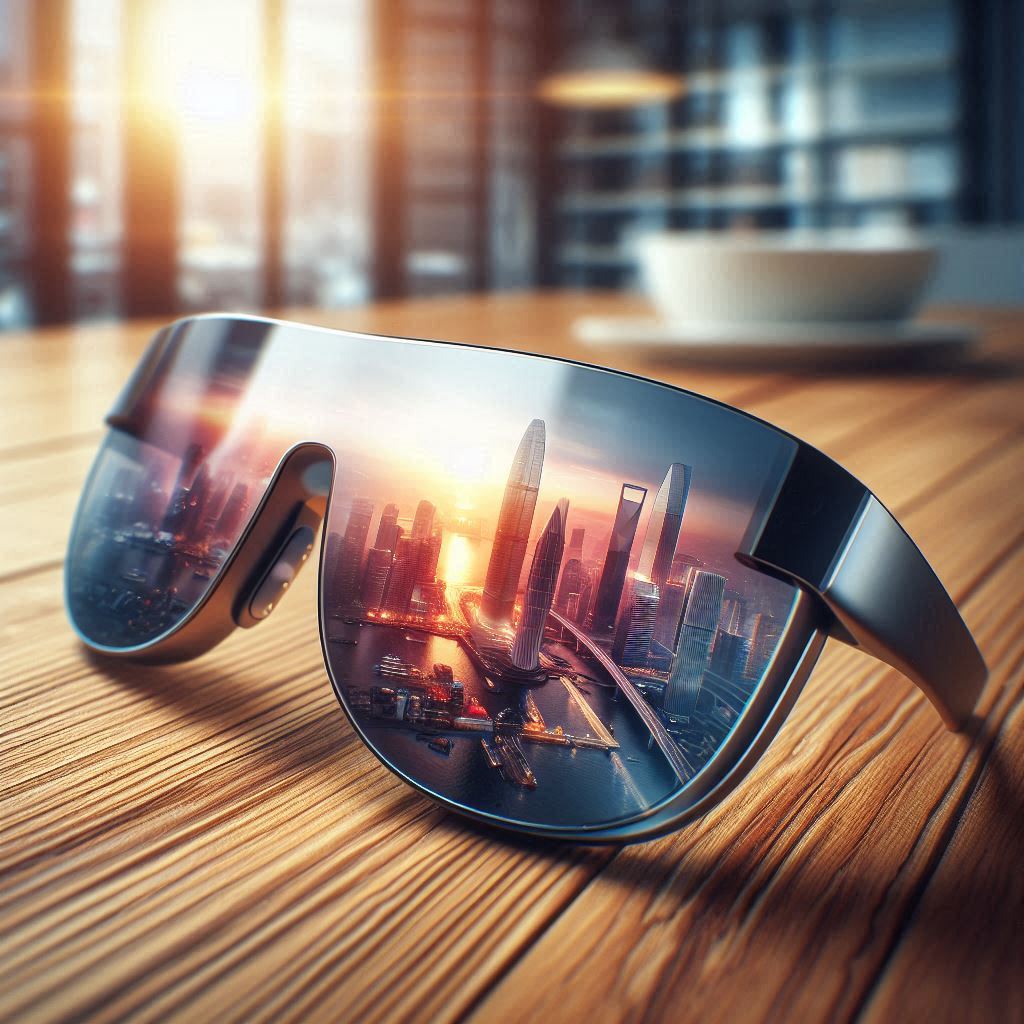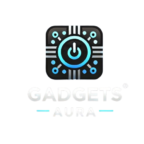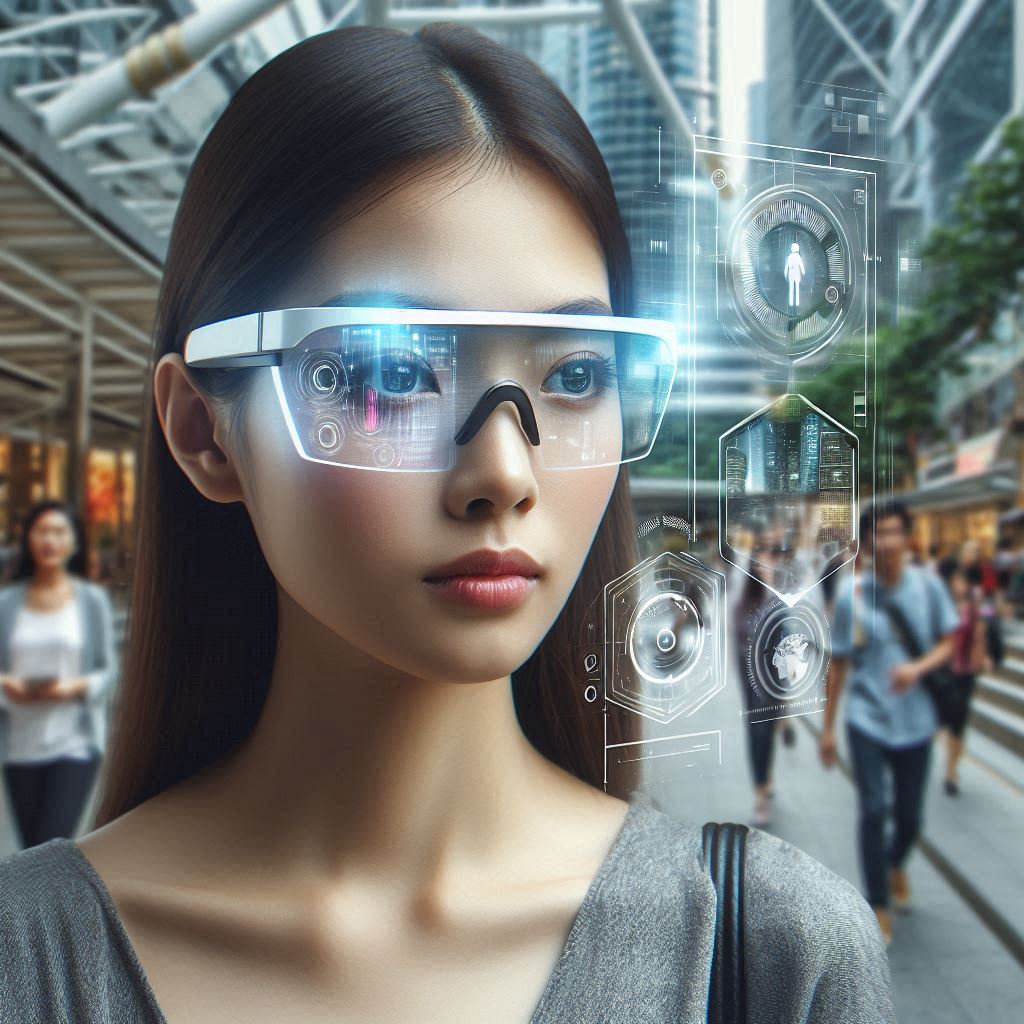Digital Smart Glass
The Clear Future of Interactive Tech You Need to See
Meta Description: Dive into how digital smart glass is reshaping homes, workplaces, and healthcare with adaptive tech—no sci-fi required.
Digital Smart Glass
You’re sitting in your living room, and with a voice command, your floor-to-ceiling windows shift from crystal clear to frosted privacy. Later, your morning commute includes a car windshield that doubles as a navigation screen, highlighting turns in real time. This isn’t a scene from Black Mirror—it’s happening now, thanks to digital smart glass. Let’s peel back the layers of this tech marvel and explore how it’s quietly (but dramatically) changing the game.
What Exactly Is Digital Smart Glass?
Let’s ditch the jargon. Digital smart glass is like a chameleon for your windows, walls, or even eyewear. It can switch from see-through to shaded, display info like a screen, or react to touch—all without needing curtains, blinds, or a remote. The magic happens through a few key tech tricks:
Electrochromic glass: Think of it as “sunglasses mode” for buildings. A tiny zap of electricity tints the glass to block glare or heat.
PDLC (Polymer Dispersed Liquid Crystal): This stuff is the MVP of privacy. Normally foggy, it turns crystal clear with electricity—perfect for conference rooms that flip from “Do Not Disturb” to “Come on in” instantly.
SPD (Suspended Particle Device): The speedster of the bunch. It adjusts opacity faster than you can say “sunburn,” making it a hit for cars and planes.
Fun fact: The first smart glass patents popped up in the 1980s, but it’s only now hitting its stride. Why? Cheaper tech, smarter designs, and our obsession with sustainability.
Real-World Uses That’ll Make You Go “Whoa”
Your Home, But Smarter
Forget smudging your windows with fingerprints. Smart glass lets you tint bathroom windows for privacy or turn kitchen cabinets into hidden recipe screens. Companies like View are even selling “Dynamic Windows” that auto-adjust to sunlight—cutting AC bills and glare-induced headaches.Offices That Read the Room
Ever worked in a glass-walled office that felt like a fishbowl? Hospitals and startups are using PDLC glass to create instant privacy. Imagine a therapy room that goes opaque during sessions or a CEO’s office that turns transparent to signal an “open door” policy.Cars and Planes Level Up
BMW’s latest SUVs let you dim the sunroof with a button—no more wrestling with shades. Boeing’s experimenting with airplane windows that dim electronically (RIP tiny plastic window covers). Even cyclists are winning: Smart bike helmets with visors that adjust to sunlight? Yes, please.Retail Gets a Glow-Up
Walk into a store like Samsung 837 in NYC, and you’ll see products “floating” on what looks like ordinary glass. Retailers are using transparent smart displays to blend physical and digital shopping. Bonus: No more awkwardly avoiding salespeople—just tap the glass for info.Healthcare’s Secret Weapon
Surgeons at Johns Hopkins are testing AR smart glasses that overlay patient vitals mid-surgery. Nurses use smart privacy glass in recovery rooms to keep sensitive info hidden until needed. It’s like Iron Man meets Grey’s Anatomy.

Why This Isn’t Just a Fad
Energy Savings You Can Bank: Buildings using smart glass cut energy costs by up to 30%. Less AC, fewer lights—good for wallets and the planet.
Privacy Without the Paranoia: No more sticky notes on laptop webcams. Smart glass can block snoops in seconds.
UX Wins: Glare-free workspaces, interactive classrooms, stores that feel like exhibits—this tech makes everyday spaces work for us.
Okay, But What’s the Catch?
Let’s keep it real:
Price Tag Shock: High-end smart glass can cost $100+ per square foot. Ouch. But prices are dropping as factories scale up.
Durability Drama: Early versions yellowed under UV light. Newer models? They’re tougher, but still need babysitting (think: warranties).
Tech Overload: Not everyone wants their window to need a software update. Simplifying controls is key.
What’s Next? Think Bigger
AI Meets Windows: Future glass could learn your habits. Love morning sunlight but hate afternoon glare? The glass adjusts automatically.
Solar-Powered Smartness: Companies like Kinestral are blending smart glass with solar panels. Your windows could power your lights.
Fashion Forward: Ray-Ban’s already mixing cameras into sunglasses. Next up: Everyday glasses that translate street signs or caption conversations.
Wrapping It Up
Digital smart glass isn’t just for tech bros or Fortune 500 HQs anymore. It’s sneaking into apartments, cars, and even your local clinic—making spaces safer, greener, and way more interesting. Sure, there are hiccups (looking at you, $100/sq ft), but as adoption grows, so will the wow factor.
So, next time you’re squinting at a sunset or cursing a nosy neighbor, remember: The future’s looking clear.
Your Turn: Would you tint your windows on command or stick to trusty curtains? Drop a comment—we’re all ears!



buy israel virtual phone number online https://virtual-local-numbers.com/countries/9-israel.html for calls, sms, registration (otp)
thanks for your comment
mietwagen athen flughafen
virtual phone number online
boot mieten turkei https://eurosegeln.com/yachtcharter-turkei
https://www.catchafire.org/profiles/3257318/about
BurjKhalifa Ticket
https://disqus.com/by/johnsonaxel/about/